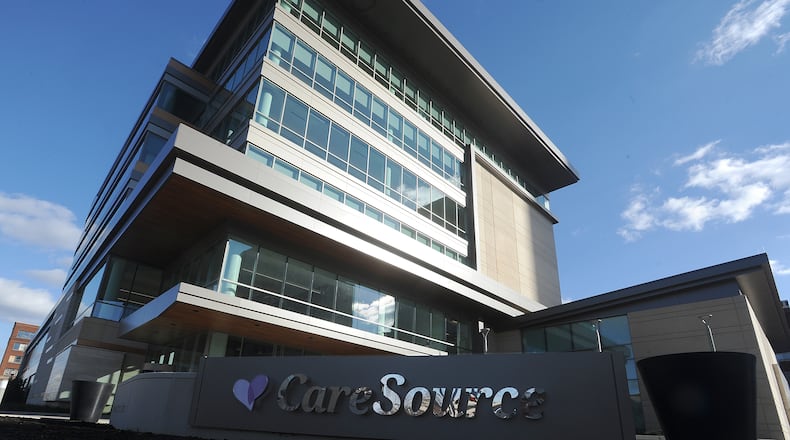CareSource manages 1.3 million Ohio Medicaid members’ plans and the economic impact study was released while CareSource is waiting to see whether it successfully won a high-stakes bid to continue managing Ohio Medicaid plans and billions of dollars in health insurance claims. Headquartered in downtown Dayton, the health insurer overall has nearly 2 million members in five states and primarily manages government health insurance plans.
The economic impact study was performed by the Center for Economic Development at Cleveland State University’s Maxine Goodman Levin College of Urban Affairs.
“For every two employees, the company supports an additional job in the Dayton region and another job in Ohio outside of Dayton,” Dr. Iryna Lendel, director of the Center for Economic Development, said in a statement. “Every dollar spent in CareSource’s budget supports 90 cents of output in the regional economy, and another 30 cents in the state economy.”
In 2019, CareSource spent nearly $250 million locally in the Dayton region. The total direct spending of $218 million in wages and benefits and $32 million in other operating expenses supported 4,467 full-time and part-time jobs, $289 million in labor income, $351 million in value added, and $468 million in total output. The company paid $37 million in tax revenue to the federal government, $12 million in tax revenue to the state government, and $10 million in local taxes.
The 4,467 full-time and part-time jobs in the Dayton region that the study counted included
- 2,955 direct jobs;
- 317 indirect jobs, such as jobs in the supply chain resulting from business to business purchases taking place in the Dayton region;
- And 1,195 induced jobs, which the study counted as jobs through the spending of wages paid to employees.
Statewide, CareSource’s operation supported 4,264 direct jobs and the study reported the insurer in total supported 8,407 full-time and part-time Ohio jobs when including direct, indirect and induced jobs.
“This study quantified what we at the Dayton Area Chamber of Commerce already knew: we have a national company headquartered in Dayton with over 8,000 jobs in Ohio generating over $40 million in state and local taxes and a $1 billion annual economic impact. This is a big deal,” stated Chris Kershner, President and CEO of the Dayton Area Chamber of Commerce.
The majority of CareSource’s revenue comes from state and federal tax dollars via government health insurance programs such as Medicaid. Companies like CareSource are contracted to process claims for Medicaid members and negotiate who is in-network for people enrolled. The goal is that insurers are supposed to find creative ways to track outcomes and improve health for their members. These insurers receive a payment per member per month and use that money to pay for their member’s health care claims and administrative costs.
In 2019, CareSource reported in its annual statement that it had $10.6 billion in revenue and an $82.1 million operating profit margin. It’s 2020 numbers aren’t published yet.
According to CareSource, while the economic impact report is based on 2019 data, the representation of the health insurer’s impact is still accurate based on the preliminary estimates of the 2020 performance.
“We have ambitious growth plans. Currently, we have 4,200 full-time and part-time employees in Ohio—2,900 of those are in Dayton—and as we get bigger nationally there is always a positive local impact with more jobs and investment in Ohio,” said Steve Ringel, CareSource Ohio Market president.
About the Author

